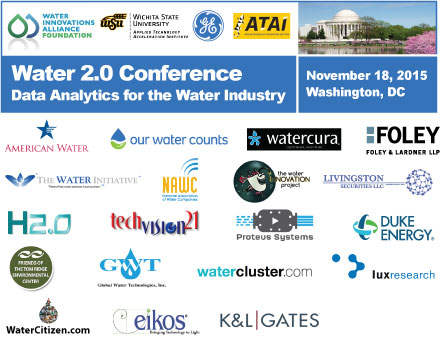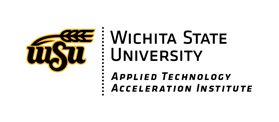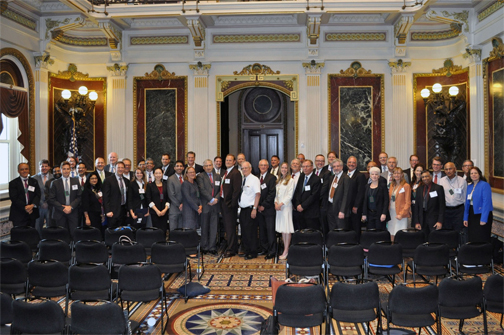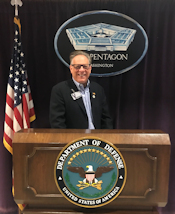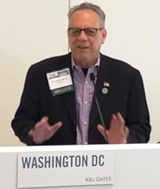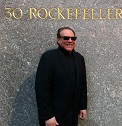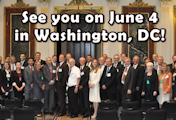The NanoBusiness Commercialization Association (NanoBCA) would like to congratulate the winners of the 20th Annual Presidential Green Chemistry Challenge Awards.
The U.S. Environmental Protection Agency (EPA) is recognizing landmark green chemistry technologies developed by industrial pioneers and leading scientists that turn climate risk and other environmental problems into business opportunities, spurring innovation and economic development. “From academia to business, we congratulate those who bring innovative solutions that will help solve some of the most critical environmental problems,” said Jim Jones, EPA’s Assistant Administrator for Chemical Safety and Pollution Prevention. “These innovations reduce the use of energy, hazardous chemicals and water, while cutting manufacturing costs and sparking investments. In some cases they turn pollution into useful products. Ultimately, these manufacturing processes and products are safer for people’s health and the environment. We will continue to work with the 2015 winners as their technologies are adopted in the marketplace.” The Presidential Green Chemistry Challenge Award winners were honored at a ceremony in Washington, DC. The winners and their innovative technologies are:
Algenol in Fort Myers, Florida, is being recognized for developing a blue-green algae to produce ethanol and other fuels. The algae uses CO2 from air or industrial emitters with sunlight and saltwater to create fuel while dramatically reducing the carbon footprint, costs and water usage, with no reliance on food crops as feedstocks. This is a win-win for the company, the public, and the environment. It has the potential to revolutionize this industry and reduce the carbon footprint of fuel production.
Hybrid Coating Technologies/Nanotech Industries of Daly City, California, is being recognized for developing a safer, plant-based polyurethane for use on floors, furniture and in foam insulation. The technology eliminates the use of isocyanates, the number one cause of workplace asthma. This is already in production, is reducing VOC’s and costs, and is safer for people and the environment.
LanzaTech in Skokie, Illinois, is being recognized for the development of a process that uses waste gas to produce fuels and chemicals, reducing companies’ carbon footprint. LanzaTech has partnered with Global Fortune 500 Companies and others to use this technology, including facilities that can each produce 100,000 gallons per year of ethanol, and a number of chemical ingredients for the manufacture of plastics. This technology is already a proven winner and has enormous potential for American industry.
SOLTEX (Synthetic Oils and Lubricants of Texas) in Houston, Texas, is being recognized for developing a new chemical reaction process that eliminates the use of water and reduces hazardous chemicals in the production of additives for lubricants and gasoline. If widely used, this technology has the potential to eliminate millions of gallons of wastewater per year and reduce the use of a hazardous chemical by 50 percent.
Renmatix in King of Prussia, Pennsylvania, is being recognized for developing a process using supercritical water to more cost effectively break down plant material into sugars used as building blocks for renewable chemicals and fuels. This innovative low-cost process could result in a sizeable increase in the production of plant-based chemicals and fuels, and reduce the dependence on petroleum fuels.
Professor Eugene Chen of Colorado State University is being recognized for developing a process that uses plant-based materials in the production of renewable chemicals and liquid fuels. This new technology is waste-free and metal-free. It offers significant potential for the production of renewable chemicals, fuels, and bioplastics that can be used in a wide range of safer industrial and consumer products.
During the 20 years of the program, EPA has received more than 1500 nominations and presented awards to 104 technologies. Winning technologies are responsible for annually reducing the use or generation of more than 826 million pounds of hazardous chemicals, saving 21 billion gallons of water, and eliminating 7.8 billion pounds of carbon dioxide equivalent releases to air.
An independent panel of technical experts convened by the American Chemical Society Green Chemistry Institute formally judged the 2015 submissions from among scores of nominated technologies and made recommendations to EPA for the 2015 winners. The 2015 awards event was held in conjunction with the 2015 Green Chemistry and Engineering Conference.
Please help us spread the word about the 2015 winners and their innovative technologies within your own communication channels and through social media and web. Feel free to share this email with your contacts and repost the social media content.
* Share our Twitter post. [ https://twitter.com/EPA/status/620652522844368896 ]
* 2015 Presidential Green Chemistry Award winners and share the blog. [ https://blog.epa.gov/blog/2015/07/american-innovators/ ]
For more information on this year’s winners and those from the last two decades, visit http://www2.epa.gov/green-chemistry
Once again, the NanoBCA is proud to congratulate our colleagues in the nanotechnology community.
 Compact in design, the Watercura® Portable Filter is small enough to go anywhere and is engineered to fit most of your drinkware, pitchers, bottles and pet supplies. It is easy-to-grip and simple enough for anyone to use. Watercura’s unique top-fill design allows you to scoop water or fill it from virtually any source. Its innovative portable design features a large ½ liter funnel, germ resistant BPA free plastic, soft non-marking exterior grip, and a powerful replaceable filter that lasts for 150 liters. The Watercura® Portable Filter is ideal not only for home, but can travel with you too … to sporting events, work, school, gym, camping, boating, travel, etc.
Compact in design, the Watercura® Portable Filter is small enough to go anywhere and is engineered to fit most of your drinkware, pitchers, bottles and pet supplies. It is easy-to-grip and simple enough for anyone to use. Watercura’s unique top-fill design allows you to scoop water or fill it from virtually any source. Its innovative portable design features a large ½ liter funnel, germ resistant BPA free plastic, soft non-marking exterior grip, and a powerful replaceable filter that lasts for 150 liters. The Watercura® Portable Filter is ideal not only for home, but can travel with you too … to sporting events, work, school, gym, camping, boating, travel, etc.

